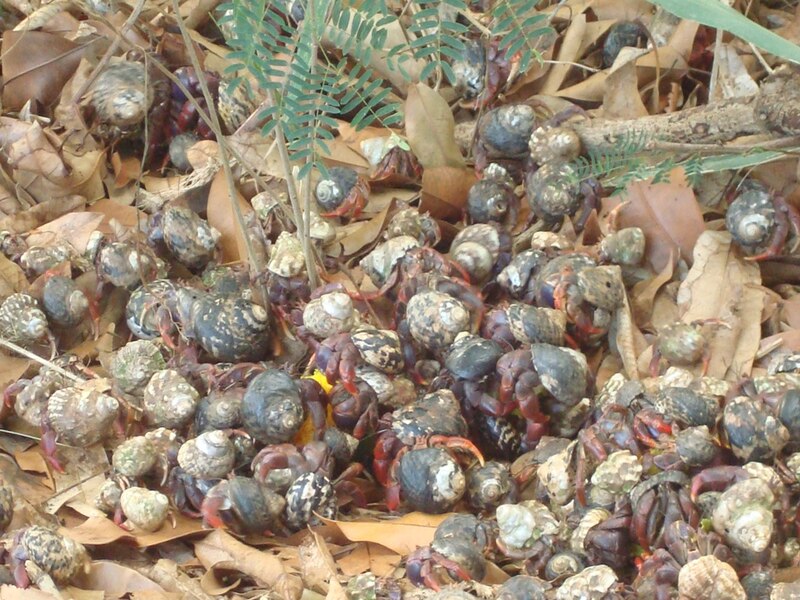 The widespread Green Frog (Lithobates/Rana clamitans) often provides aspiring herpetologists with an introduction to frog-keeping. Please see Part I of this article for more on its natural history.
The widespread Green Frog (Lithobates/Rana clamitans) often provides aspiring herpetologists with an introduction to frog-keeping. Please see Part I of this article for more on its natural history.
Status in the Wild
Although fairly common throughout much of its range, in some places the Green Frog is impacted by habitat loss due to shoreline development and the introduction of Bass, Carp and other fishes, which consume eggs and tadpoles.
In recent years, deformed Green Frogs have been found in ever-increasing numbers. The cause is unknown, but pesticide or other chemical pollution is suspected. Farm ponds usually have a higher incidence of deformed individuals than do urban or rural habitats. Green Frogs are regulated as a game species in several states, as they are collected for the food trade (frog’s legs) and for use as fishing bait (ahh!). Read More »

 That Reptile Blog – Reptile, Amphibian and Exotic Pet Care and Information
That Reptile Blog – Reptile, Amphibian and Exotic Pet Care and Information

